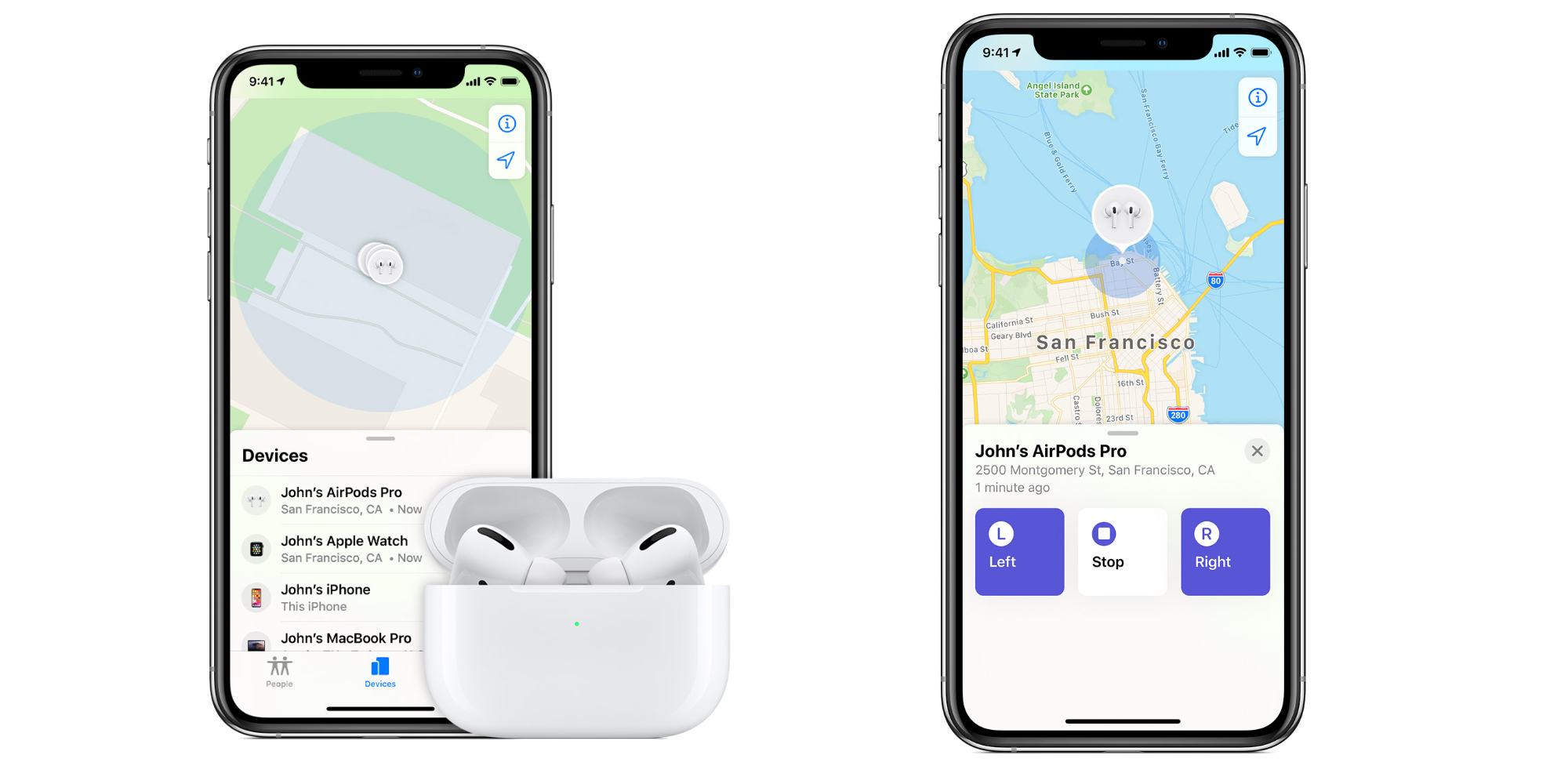In today’s hyper-connected world, a fast and reliable Wi-Fi connection is not just a convenience—it’s a necessity. Whether it’s for seamless video calls, streaming high-definition content, or ensuring that your smart home devices stay connected, boosting your Wi-Fi speed can significantly enhance your digital experience. Here’s a comprehensive guide with simple yet effective steps to turbocharge your internet connection.
Key Highlights:
- Upgrade to the Latest Wi-Fi Standard: Transitioning to Wi-Fi 6 or Wi-Fi 6E routers can dramatically increase data transfer speeds and improve range.
- Optimize Router Placement: Centralize and elevate your router to minimize obstructions and extend coverage.
- Adjust Your Wi-Fi Frequency and Channels: Switching to 5 GHz or 6 GHz frequencies can offer a speed boost in short-range situations.
- Limit Devices and Prioritize Bandwidth: Use Quality of Service (QoS) settings to allocate bandwidth effectively among devices.
- Keep Your Router Updated: Regular firmware updates can enhance performance and security.
- Utilize a Wi-Fi Extender or Mesh System: For larger spaces, these tools can help eliminate dead zones.
- Reboot Regularly: A simple restart can clear issues and refresh your connection.
Dive Into the Details
The Evolution of Wi-Fi Technology:
Modern Wi-Fi standards, such as IEEE 802.11ac (Wi-Fi 5) and 802.11ax (Wi-Fi 6 and Wi-Fi 6E), offer significant improvements over their predecessors in both speed and coverage. These advancements make it crucial to ensure that both your router and devices are up to date to take full advantage of the technology available.
Strategic Router Placement:
The location of your Wi-Fi router plays a critical role in network performance. Placing the router in a central, elevated position can help in minimizing signal obstructions and maximizing coverage throughout your home or office.
Frequency and Channel Optimization:
Most modern routers offer dual-band or even tri-band functionality, allowing devices to connect over 2.4 GHz, 5 GHz, or the latest 6 GHz frequencies. The 5 GHz and 6 GHz bands are less congested and can provide faster data rates at shorter distances compared to the widely used 2.4 GHz band. Additionally, adjusting your router to operate on less congested channels can alleviate interference from neighboring networks.
Bandwidth Management:
With multiple devices competing for bandwidth, setting up QoS on your router can prioritize critical applications such as video conferencing or streaming over less urgent data usage. This ensures a smoother experience where it matters most.
Regular Updates and Maintenance:
Keeping your router’s firmware updated is essential for both security and performance. Manufacturers often release updates that can fix bugs, close security vulnerabilities, and improve functionality. Furthermore, periodically rebooting your router can clear the cache and resolve temporary connectivity issues.
Expand Your Wi-Fi Network:
For homes with multiple floors or extensive coverage areas, employing Wi-Fi extenders, mesh networks, or additional access points can significantly enhance signal strength and eliminate coverage dead zones.
Boosting your Wi-Fi speed involves a blend of adopting the latest technology, optimizing your setup, and managing your network smartly. By following the strategies outlined, users can expect a noticeable improvement in their internet speed and reliability, leading to a better, more seamless online experience. From upgrading to Wi-Fi 6 technology to smartly positioning your router and managing your bandwidth, these steps are designed to ensure that your Wi-Fi network is not just fast but also reliable and secure.

















